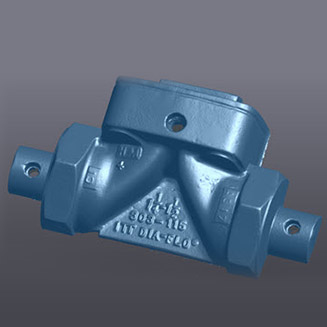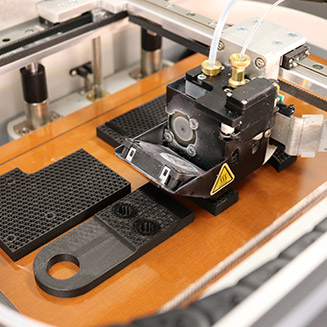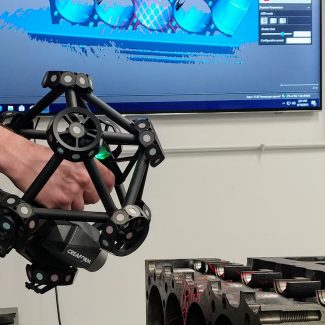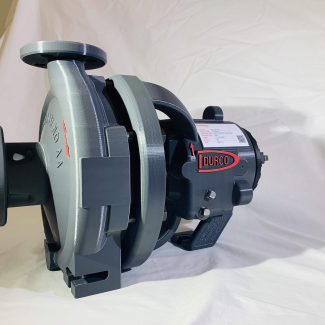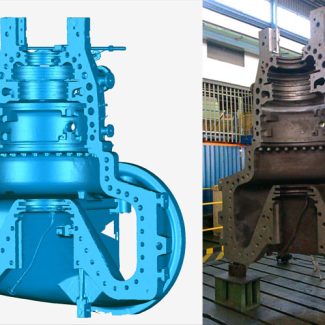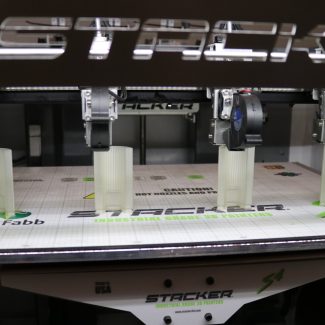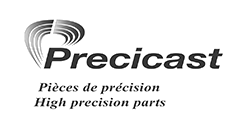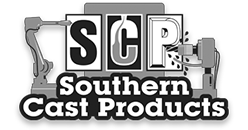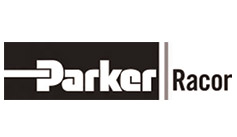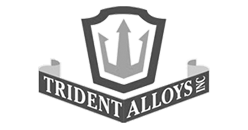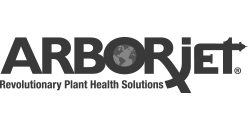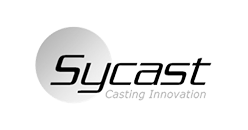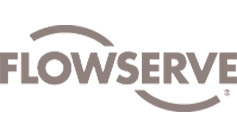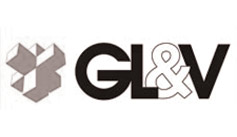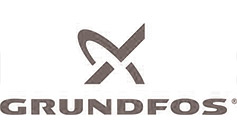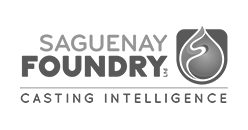Selecting the Right 3D Printer Technology for Your Application
How do you choose a 3D printer that will best suit your application? It’s true that 3D printing has revolutionized the manufacturing industry by providing a cost-effective, time-efficient and scalable method of production. From prototyping to tooling, and even end-use parts manufacturing, the flexibility of 3D printing technology has made it a preferred choice of numerous businesses today. But, with so many options available, how do you know which is best?
Stereolithography (SLA)
This type of printer is a UV laser-based technology that uses liquid photopolymer resins to create 3D prints with incredibly high resolution and surface accuracy. The SLA process involves the use of a vat of liquid resin, where a laser is used to solidify the resin layer by layer until the object is complete. If your end-product needs fine detailing, such as dental casts, jewelry, or architectural models, SLA may be the right choice for your business.
Digital Light Processing (DLP)
This type of printer is a variation of SLA. However, instead of using a laser to solidify layers of resin, DLP uses a digital light projector to harden the resin. In other words, it uses digital images projected from a screen to solidify photopolymer layers. This technology is ideal for making high-resolution parts with smooth surfaces and good resistance to heat and chemicals.
The DLP printer technology is fast and produces high-quality prints, making it a popular choice for the entertainment industry in creating miniatures. However, like SLA technology, DLP 3D printing can be expensive compared to other 3D printer technologies.
Fused Deposition Modeling (FDM)
FDM technology is the most common 3D printing technology in the market today. It is highly affordable, making it a preferred choice for small businesses or in-house use. The FDM technology works by melting plastic filaments, which are extruded through a nozzle to create a 3D object layer by layer. FDM printers are known for their ability to print in various colors and materials. However, the limitation with FDM technology is that its objects tend to have visible layer lines, which can impact the final output’s overall appearance.
Multi-jet fusion (MJF)
MJF technology is another type of 3D printer that you can use, and it is the latest addition to 3D printing technology. It uses an inkjet array to apply a fusing agent to a powder bed. The mix of material then fuses together under heat to create an object. MJF technology is precise, has fast printing speeds, and produces smooth finishes, making it suitable for creating different products that require a high level of detail.
These are just some examples of the types of 3D printers that can be used for your application. When you reach out to us to have us complete your project, we have a variety of printers to choose from. We select the best for your job. Please contact us for more information.

